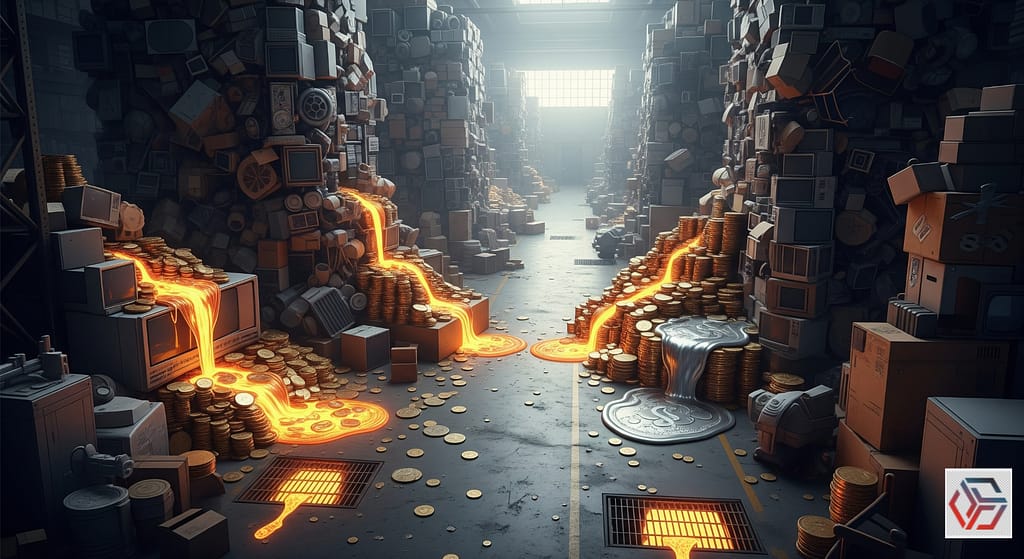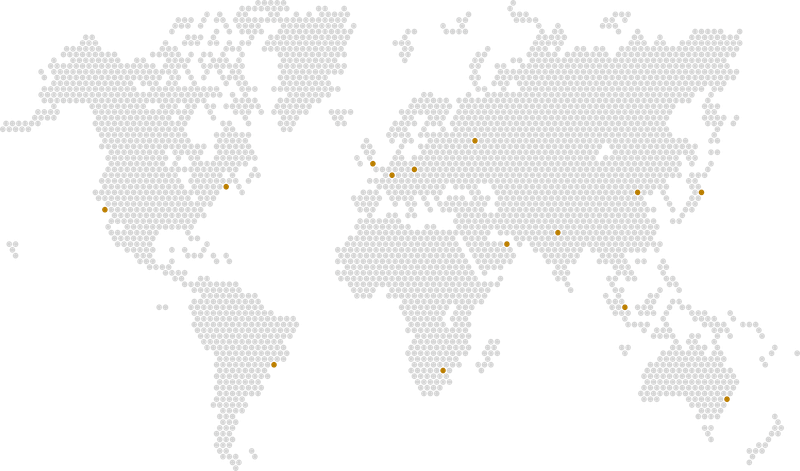
For many small and medium-sized businesses, inventory is seen as a necessary evil. It’s a pile of parts and materials that you need to run your operations. But if not managed correctly, your inventory can quickly turn from an asset into a costly liability, silently draining your cash flow and eating into your profitability.
The truth is, inventory problems are often a symptom of larger supply chain inefficiencies. It’s not just about having the right parts—it’s about having them at the right time, in the right quantity, and at the right price. When this delicate balance is off, you face two equally dangerous problems: too much inventory or not enough.
This article will help you understand the hidden costs of an inefficient inventory management system and show you how to start taking control.
The True Cost of Excess Inventory
Having too much stock might feel safe, but it’s a costly illusion. Your excess inventory is not a pile of assets; it’s a pile of capital frozen in your warehouse.
- Cash Flow Drain: Every dollar tied up in inventory is a dollar you can’t use for marketing, new equipment, or employee training. This is a direct hit to your business’s cash flow.
- Storage and Handling Costs: The larger your inventory, the more you pay for warehouse space, insurance, security, and the labor to move it around. These are often overlooked costs that add up quickly.
- Risk of Obsolescence: In today’s fast-moving market, parts and materials can quickly become outdated. If you have a large stock of an old product, you might end up with inventory you can’t sell, which is a complete loss.
- Opportunity Costs: The time and resources you spend managing excess inventory are resources you could be spending on growth-oriented tasks.
The True Cost of Insufficient Inventory
While excess inventory is a liability, having too little inventory is a recipe for disaster. This leads to what’s known as stock-outs.
- Lost Sales and Revenue: If a customer wants to buy your product and you don’t have it in stock, they will likely go to your competitor. This is a direct loss of revenue that is hard to recover.
- Production Delays: A stock-out of a single critical component can bring your entire production line to a halt, creating a bottleneck and causing a cascade of delays. This affects your ability to meet deadlines and satisfy customers.
- Rush Fees and Expedited Shipping: When you run out of a critical part, you are often forced to pay extra for expedited shipping and rush orders to get the part quickly. These extra costs eat into your profitability.
- Customer Dissatisfaction: Nothing frustrates a customer more than not being able to buy what they want. A reputation for stock-outs and delays can cause long-term damage to your brand.
Signs Your Inventory Management Is Outdated
How do you know if your inventory management is inefficient? Here are a few tell-tale signs:
- Your team is frequently reporting stock-outs of critical parts. This is a clear sign that your forecasting is inaccurate.
- You have a high amount of “dead stock”—products that are just sitting in your warehouse for months without being sold.
- You’re constantly paying for expedited shipping to get parts in time for production.
- Your inventory turnover rate is low. This indicates that your cash is tied up in a warehouse instead of being used to generate profit.
- Your warehouse is disorganized and cluttered, making it hard to find parts and materials.
Your First Step to a Smarter Inventory
Transitioning to a smarter supply chain and inventory management system can feel overwhelming. But the first step is always the same: gaining clarity. You need to know what you have, what you need, and when you need it.
At UPKAIZEN, we help businesses like yours make this transition. Our Production Efficiency Micro-Diagnostic is designed to identify the critical points in your operation, including a detailed analysis of your inventory and supply chain management. Discover in this article 5 Common Bottlenecks in Manufacturing and How to Spot Them.
We can help you create a data-driven plan to turn your inventory from a costly liability into a powerful asset.
Don’t let your inventory control your business. Take control of your operations and unlock your full potential.
Get our free guide: “The 5 Silent Killers of Your Production” and start taking control of your business today!





